Olive & Terracotta Wall Art for Mediterranean Dining Rooms
Bring the slow-sunshine of the Mediterranean to dinner—with an earthy palette of olive green and terracotta, textured canvases, and travel‑ready vistas. Below you’ll find quick sizing rules, layout templates, color combos, and a curated shop of canvas & framed picks.
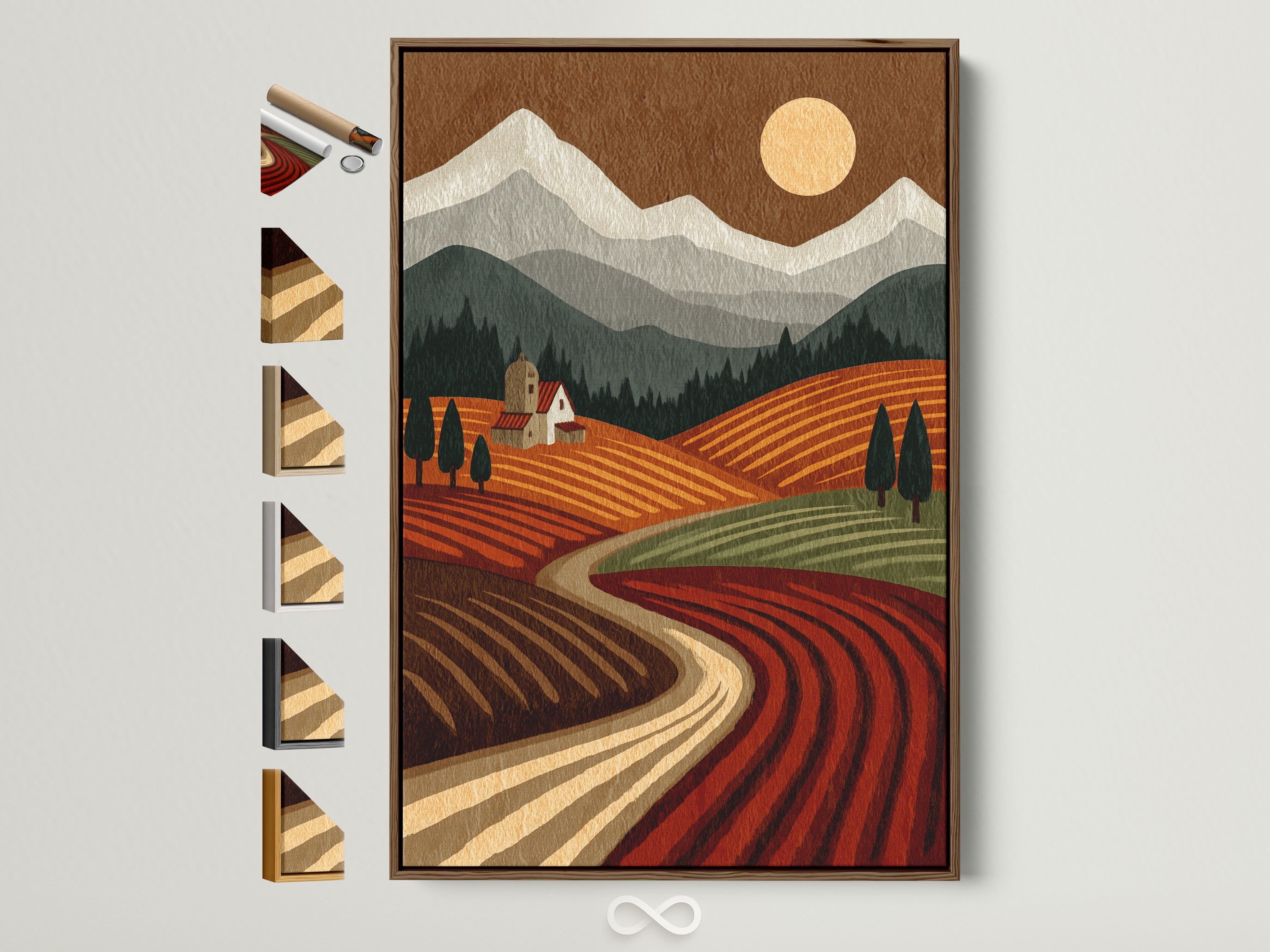
1The Mediterranean palette: olive, terracotta & sun‑washed neutrals
Mediterranean interiors earn their “easy, breezy” reputation with tactile surfaces (limewash, plaster, stone), sun-faded hues, and natural fibers. For a dining room, olive brings calm and sophistication; terracotta adds warmth and appetite. Layer with creamy whites, sand, and hints of brass or aged black metal. One cool note—sea blue or deep navy—keeps the scheme lively.
- Olive = grounded, organic, elegant (pairs with brass, walnut, jute).
- Terracotta = cozy, convivial, rustic-modern (pairs with linen, rattan, travertine).
- Blue notes = coastal counterpoint (pairs with whitewashed woods and stoneware).
- Neutrals: cream, oat, flax, warm gray.
- Metal accents: antique brass, patinated iron.
- Texture: canvas weave, limewash walls, ceramic glazes, woven seagrass.
2Art size & hanging height (quick math)
For a dining sideboard or console, choose a piece that’s roughly ⅔ the width of the furniture below (±10%). If you’re hanging above a banquette, the bottom of the frame should rest 6–10 in above the cushion. For stand‑alone walls, center the artwork’s midpoint at 57–60 in from the floor—eye level for most viewers when standing.
- Measure furniture: Sideboard width × 0.66 ≈ ideal art width.
- Height: For typical ceilings (8–9 ft), aim for artwork 24–36 in tall; go larger on big, blank walls.
- Pairs & triptychs: Leave 2–3 in gaps so the set reads as one composition.
3Canvas vs. framed vs. fine‑art paper
Canvas gives texture and soft, glare‑free viewing—great for rustic or plaster walls. A floating frame adds a shadow line that elevates even casual subjects. Framed paper offers crisp edges and a slightly more formal note; go for off‑white mats to keep things sun‑washed rather than gallery‑stark. In mixed sets, repeat either a frame color or a material to unify.
4Three reliable layouts for Mediterranean dining rooms
1) The Statement
One large canvas centered over a console or banquette (⅔ furniture width). Perfect for landscapes or architectural arches—calm, grown‑up, and easy.
2) The Triptych
Three medium pieces (2–3 in apart) that read as one scene—land/sea horizons, stacked arches, or botanical studies.
3) The Gallery Ledge
A narrow picture ledge mixes canvases, ceramics, and a wine‑bottle still life. Keep frames within a tight color family (oak/brass/black).
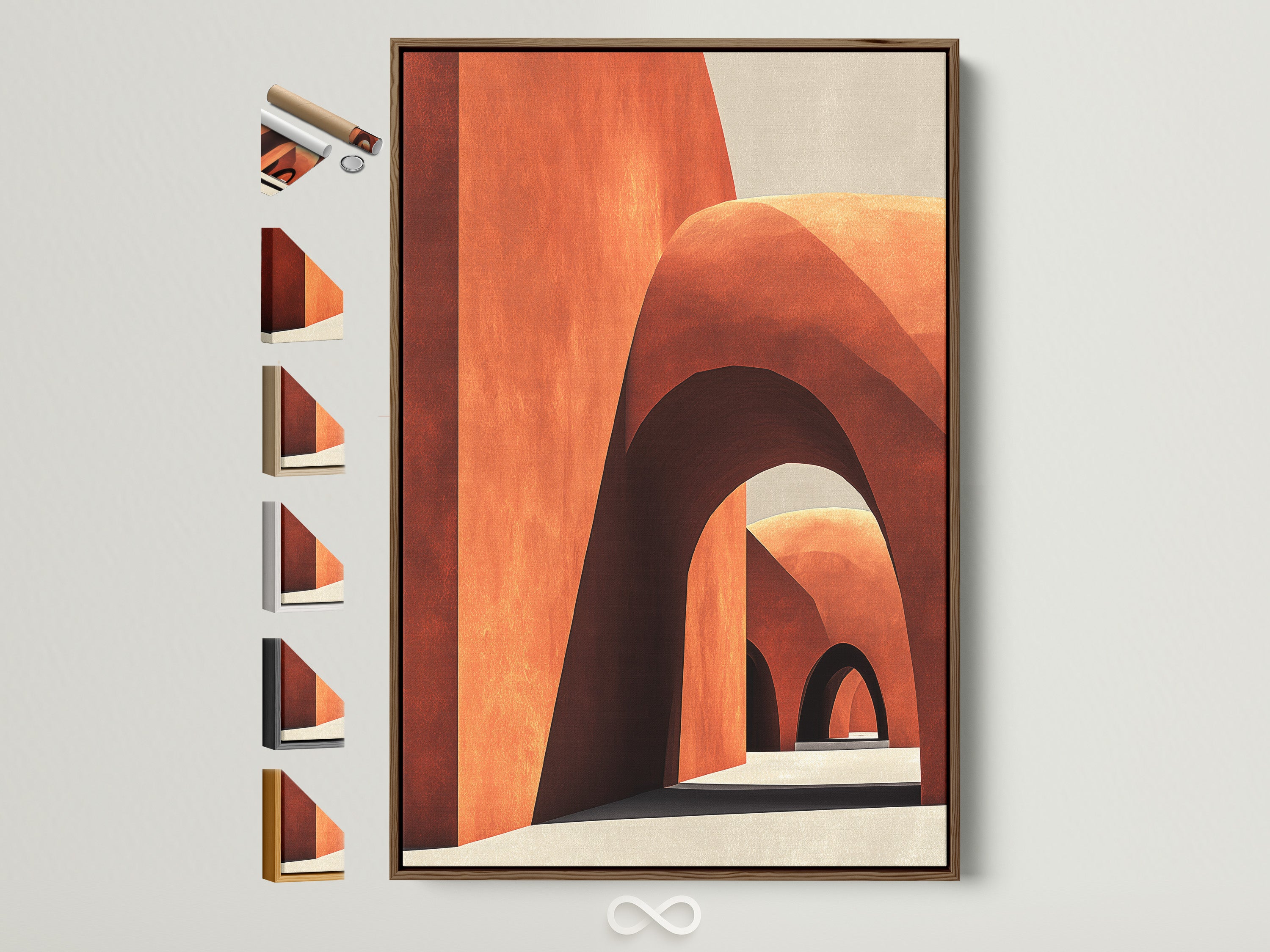
5Wall colors & finishes that flatter your art
Limewash and soft‑sheen paints love canvas texture. Try soft olive (background) with terracotta art; or warm cream walls with olive botanicals. Dark, moody dining rooms (olive/ink) look stunning with gilded frames. If your room skews north‑facing, choose slightly warmer undertones to avoid going gray.
- Olive walls + terracotta/cream art + brass candleholders = cozy trattoria vibes.
- Cream limewash + Tuscan landscapes + oak frames = airy rustic.
- White plaster + blue coastal prints + black frames = crisp modern Mediterranean.
6Tabletop & textiles: easy styling wins
Echo your artwork’s palette in linen napkins and a single ceramic centerpiece. A low bowl of lemons, a vintage carafe, or an olive-wood board keeps the table lived‑in but intentional. Mix rough (terracotta, jute) with refined (linen, glass) for depth.
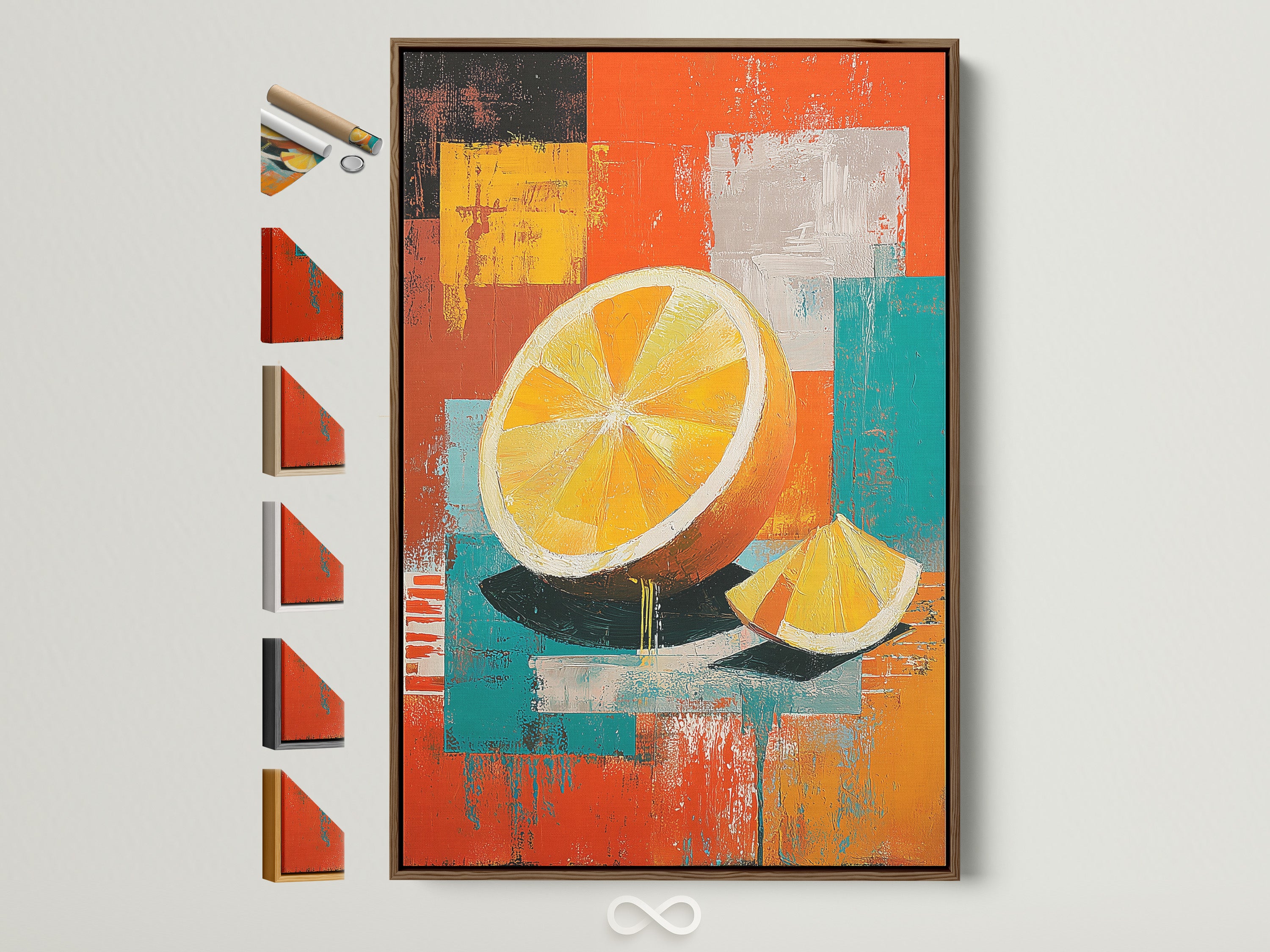
7Lighting: make your art glow (not glare)
Aim for warm white bulbs at 2700–3000K. Use a dimmer for evening dinners and a picture light or wall washer to graze canvas texture. Avoid direct downlights aimed at glass—glare city. If you have a chandelier, add two asymmetrical wall sconces to balance the focal point.
- Use layered light: overhead + wall + candlelight.
- Place picture lights ~1/3 the art’s width from the top edge.
- Consider anti-reflective glazing for framed paper pieces opposite windows.
8Seasonal swaps
Rotate in bright citrus & coastal pieces for spring/summer; cozy up with olive botanicals & sienna landscapes for fall/winter. Keep frames consistent so swapping feels effortless.
9Quick checklist & pitfalls to avoid
- Scale: Don’t go too small. If you’re unsure, size up or use a pair.
- Harmony: Repeat wood tone or metal finish at least twice (frame + candleholders).
- Color balance: One cool blue accent is enough—avoid competing blues.
- Glare: Keep direct downlights off glass.
- Spacing: Triptychs need consistent 2–3 in gaps; keep midlines aligned.
FAQs
What colors pair best with olive & terracotta in a dining room?
How high should I hang art above a sideboard?
Canvas or framed paper for a dining room?
Can I mix black and brass frames?
What size art for a 60‑inch console?
How do I avoid a busy gallery wall?
Will blue coastal art clash with terracotta?
Best lighting temperature for dining rooms?
How do I style art near a bar cart?
References & further reading
A few background resources on palette, materials, and lighting:

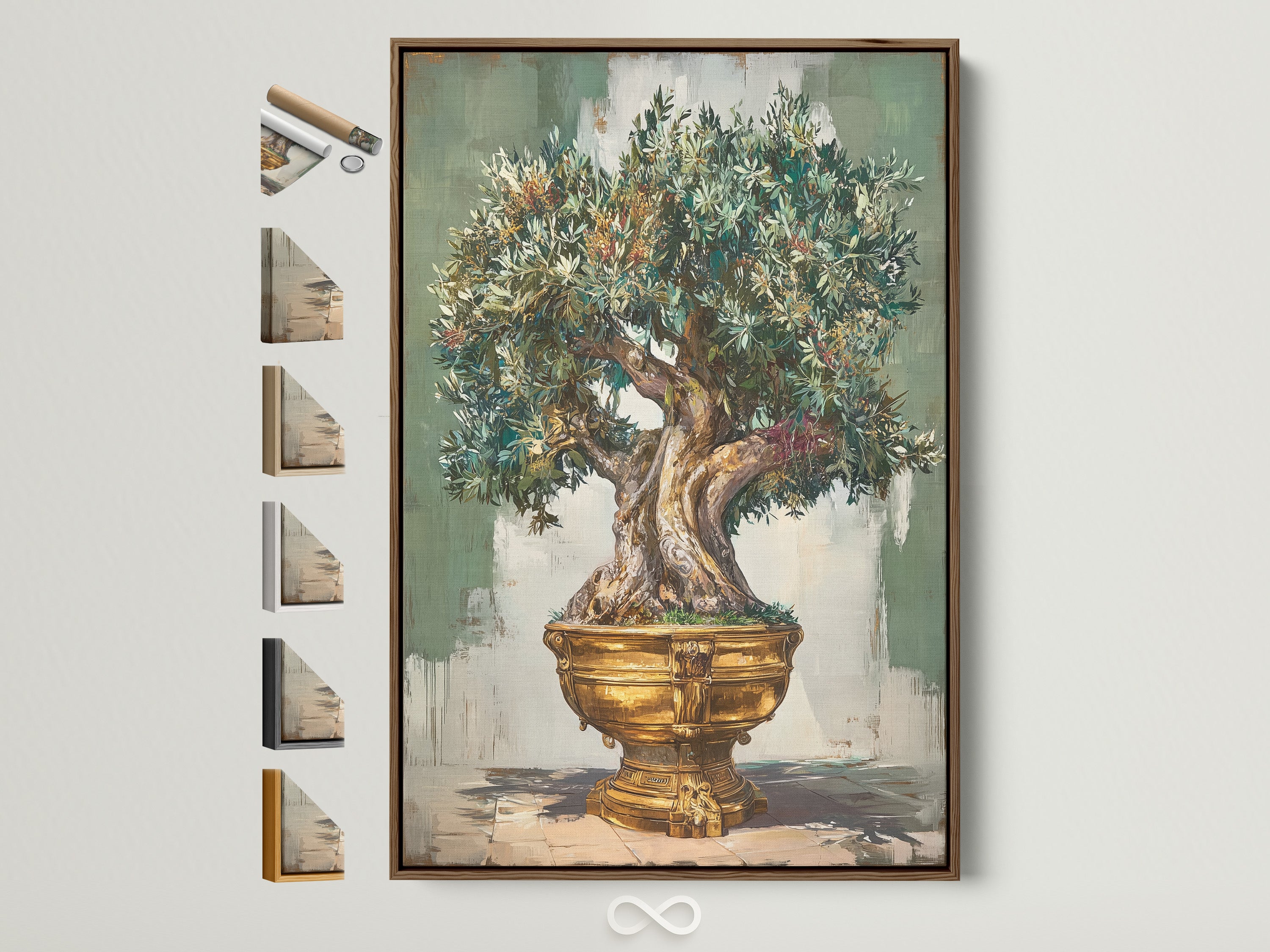

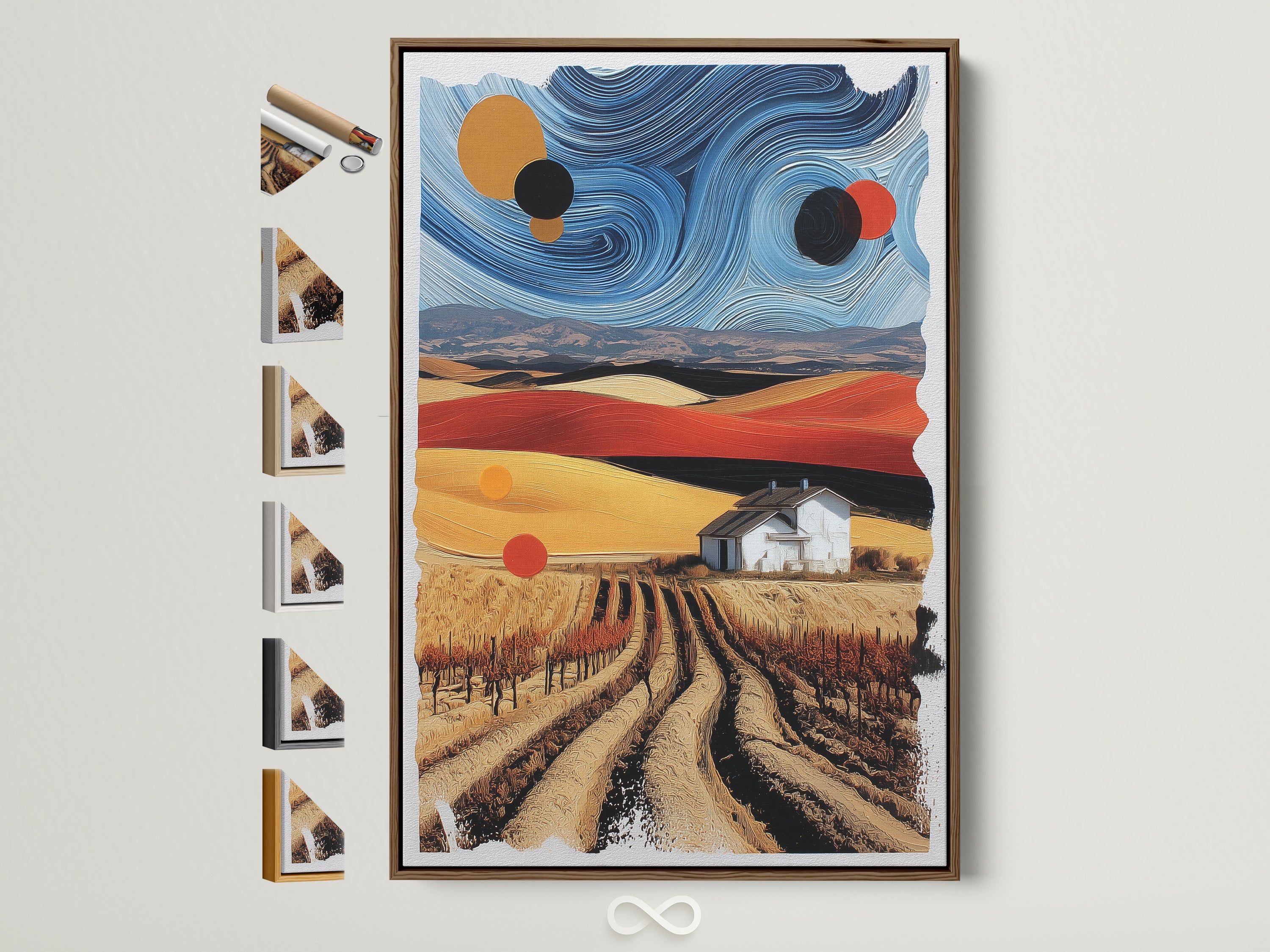
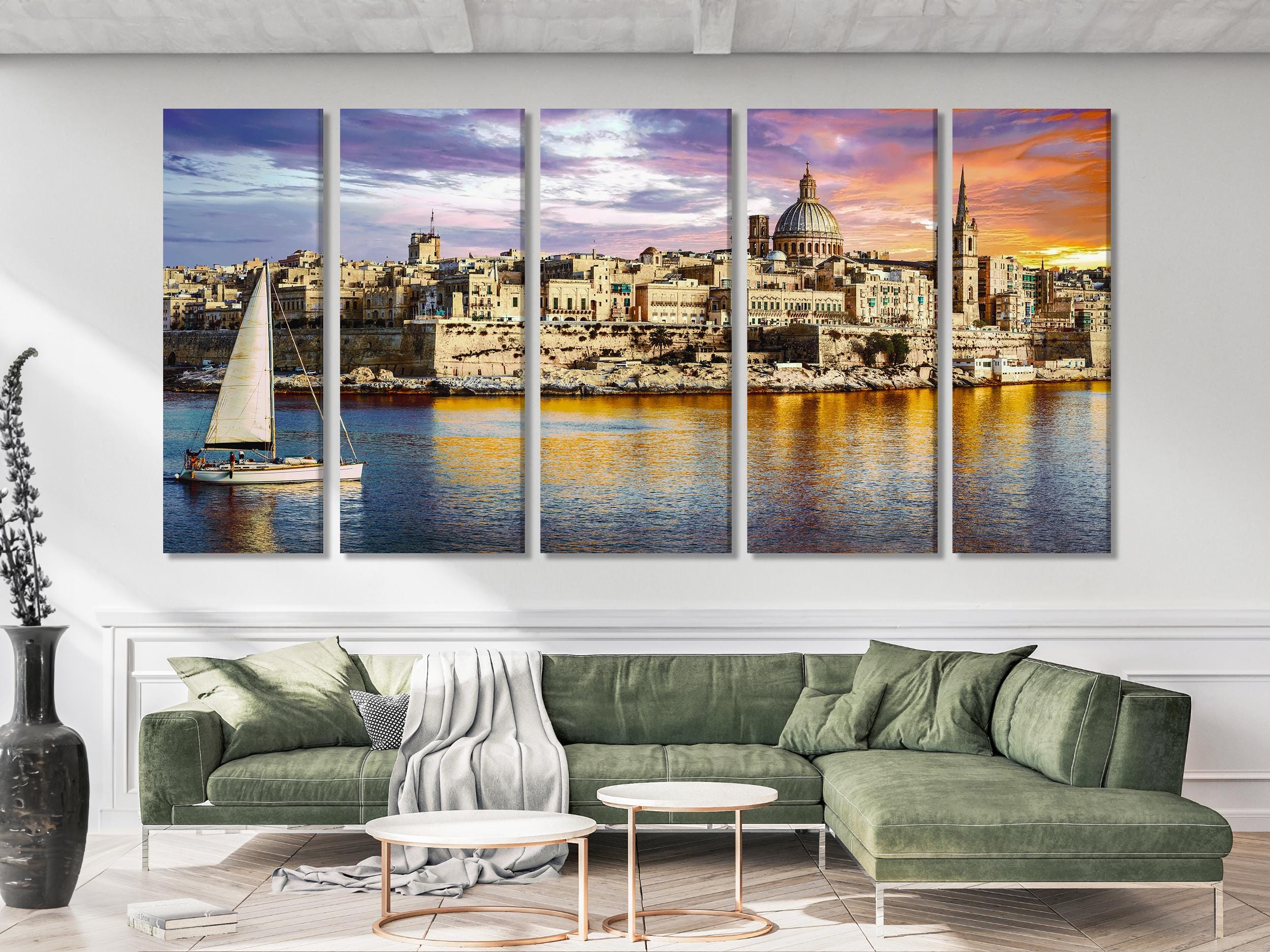
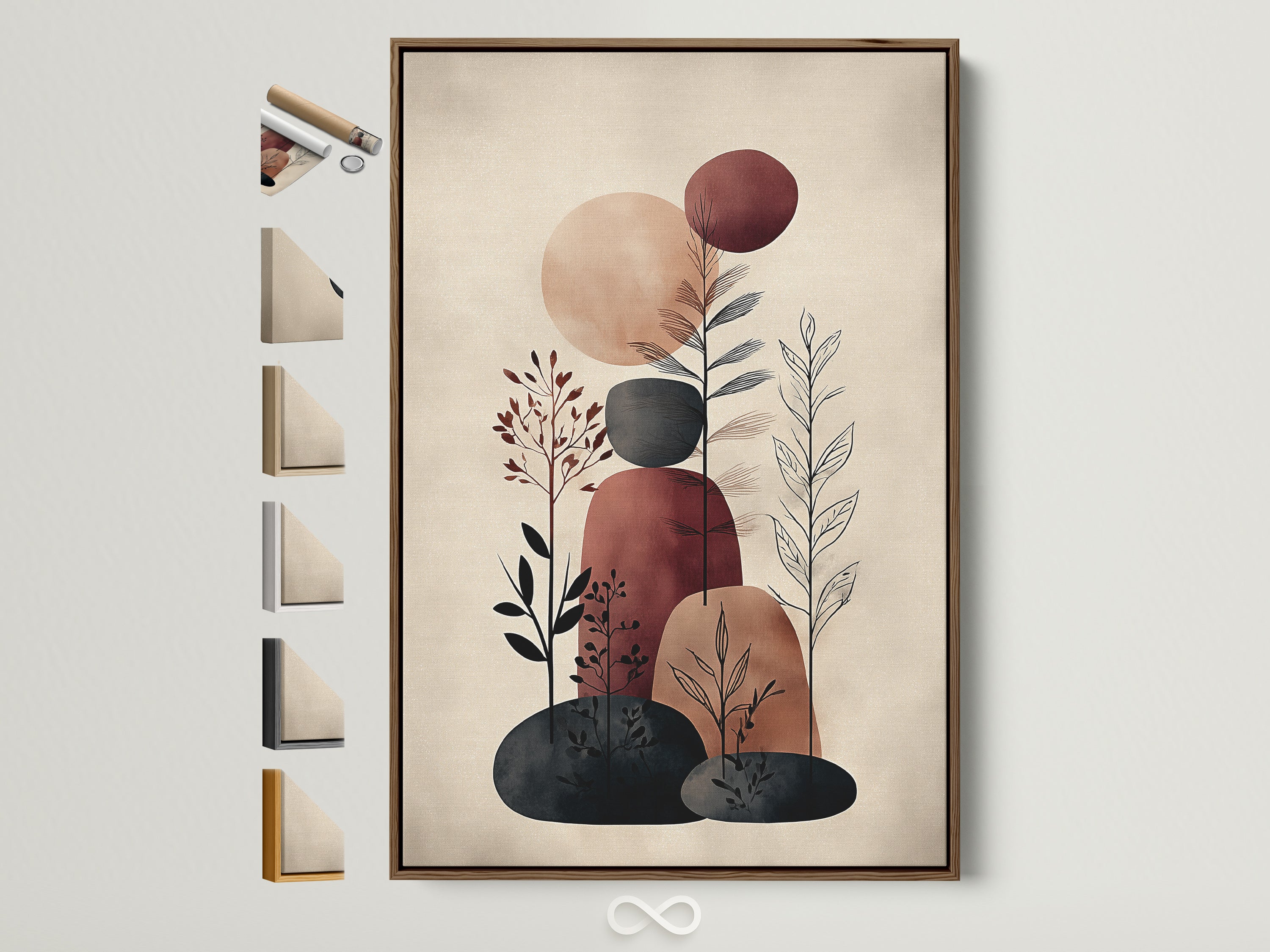
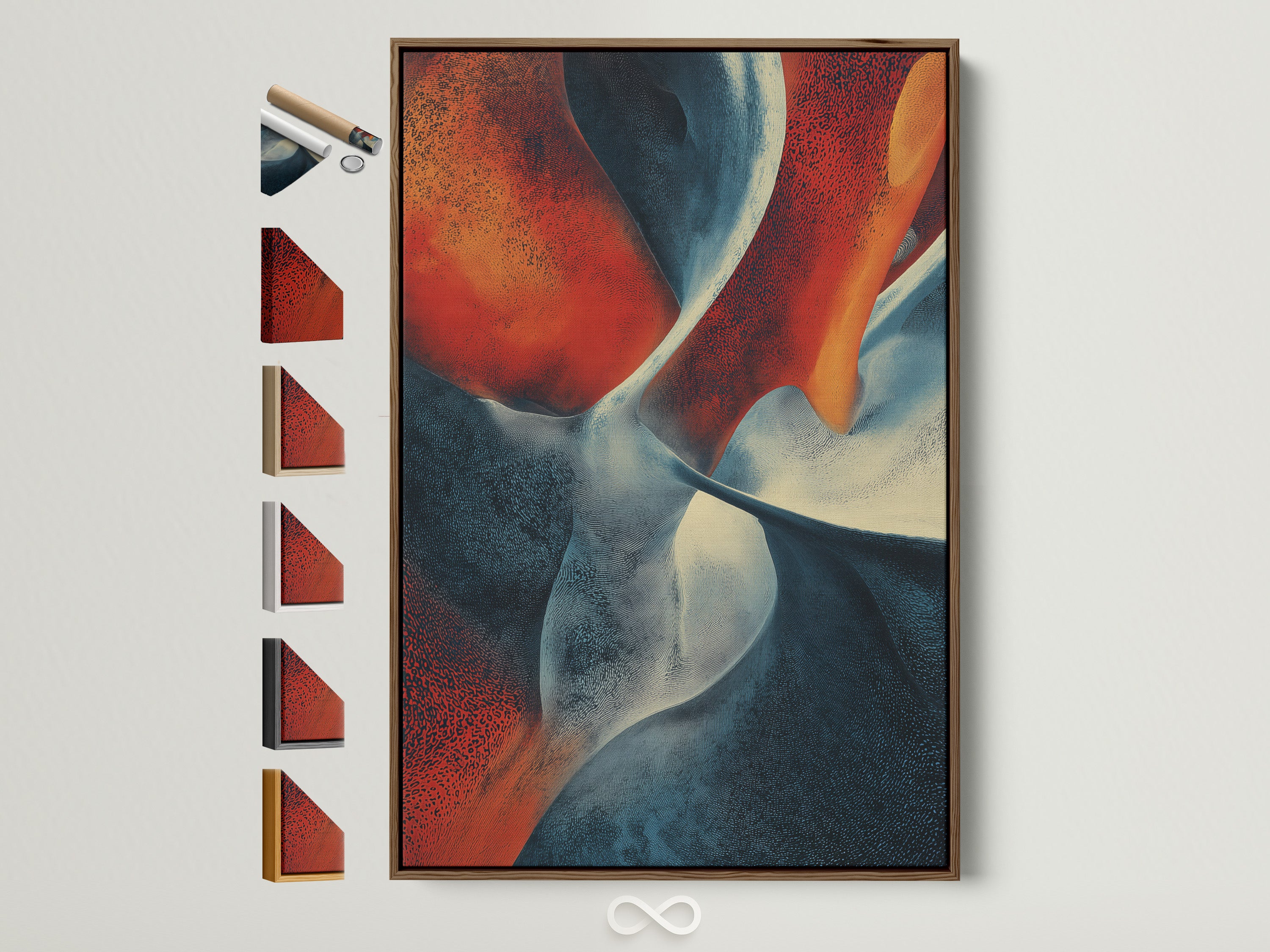
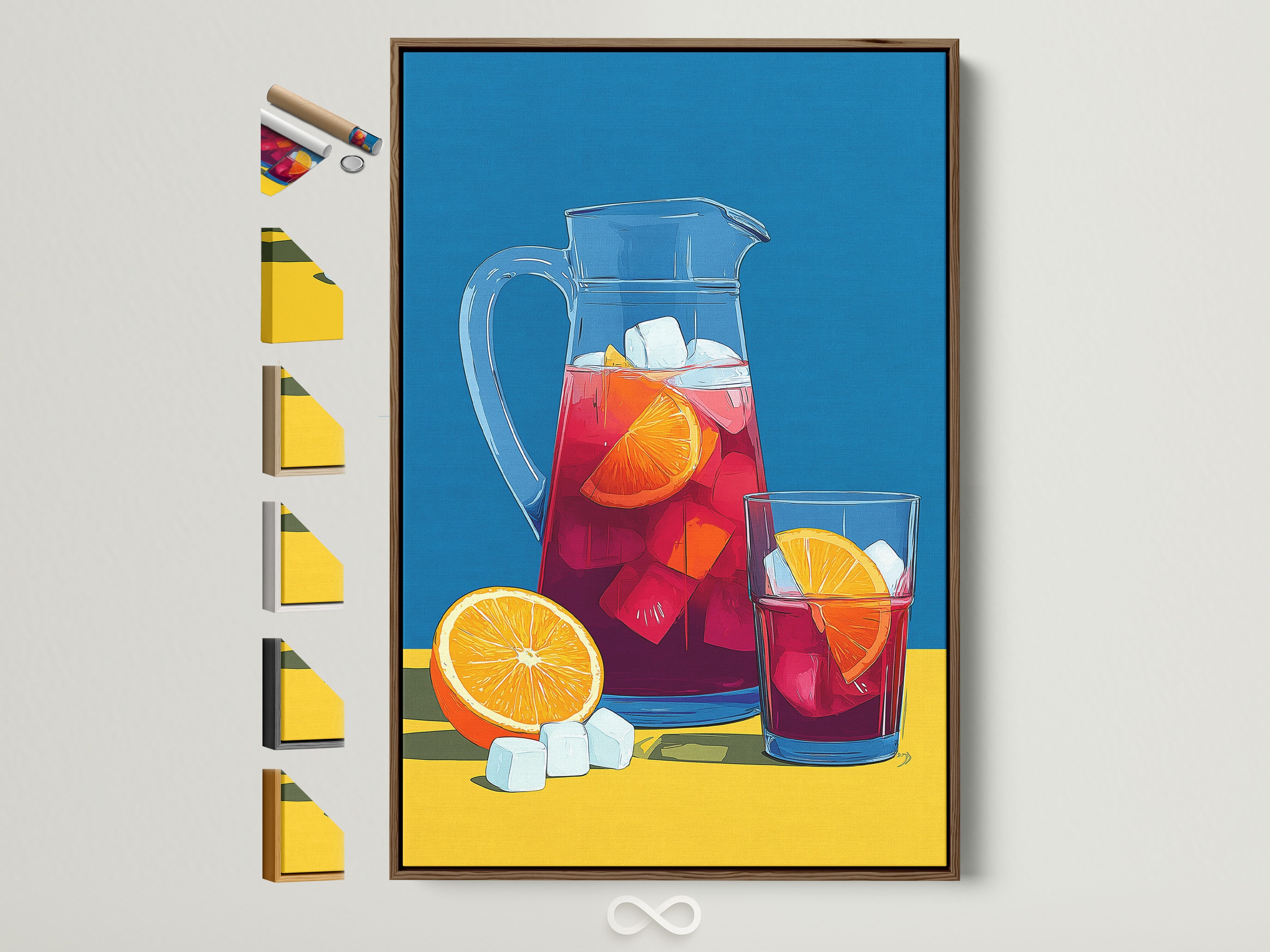
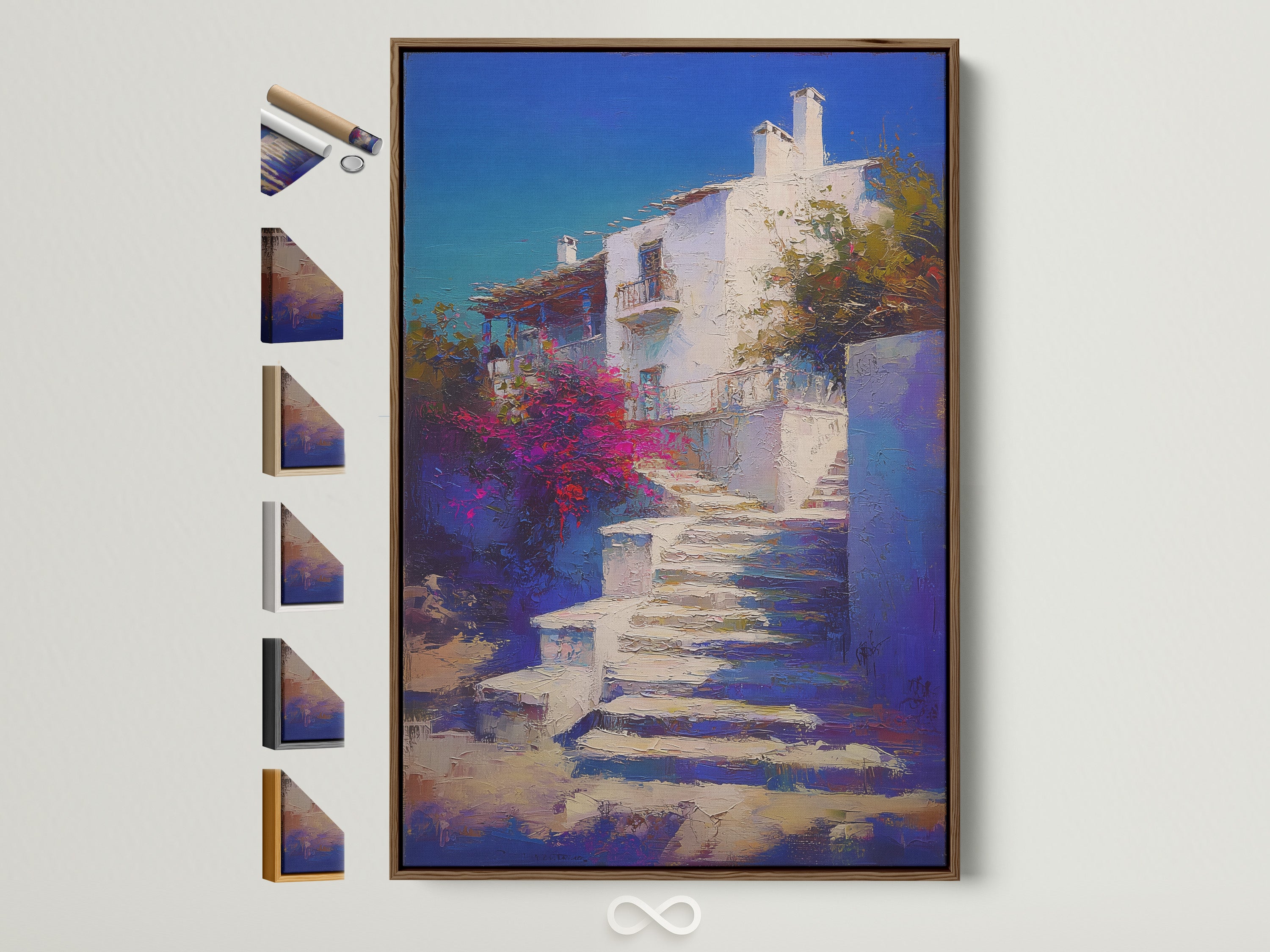
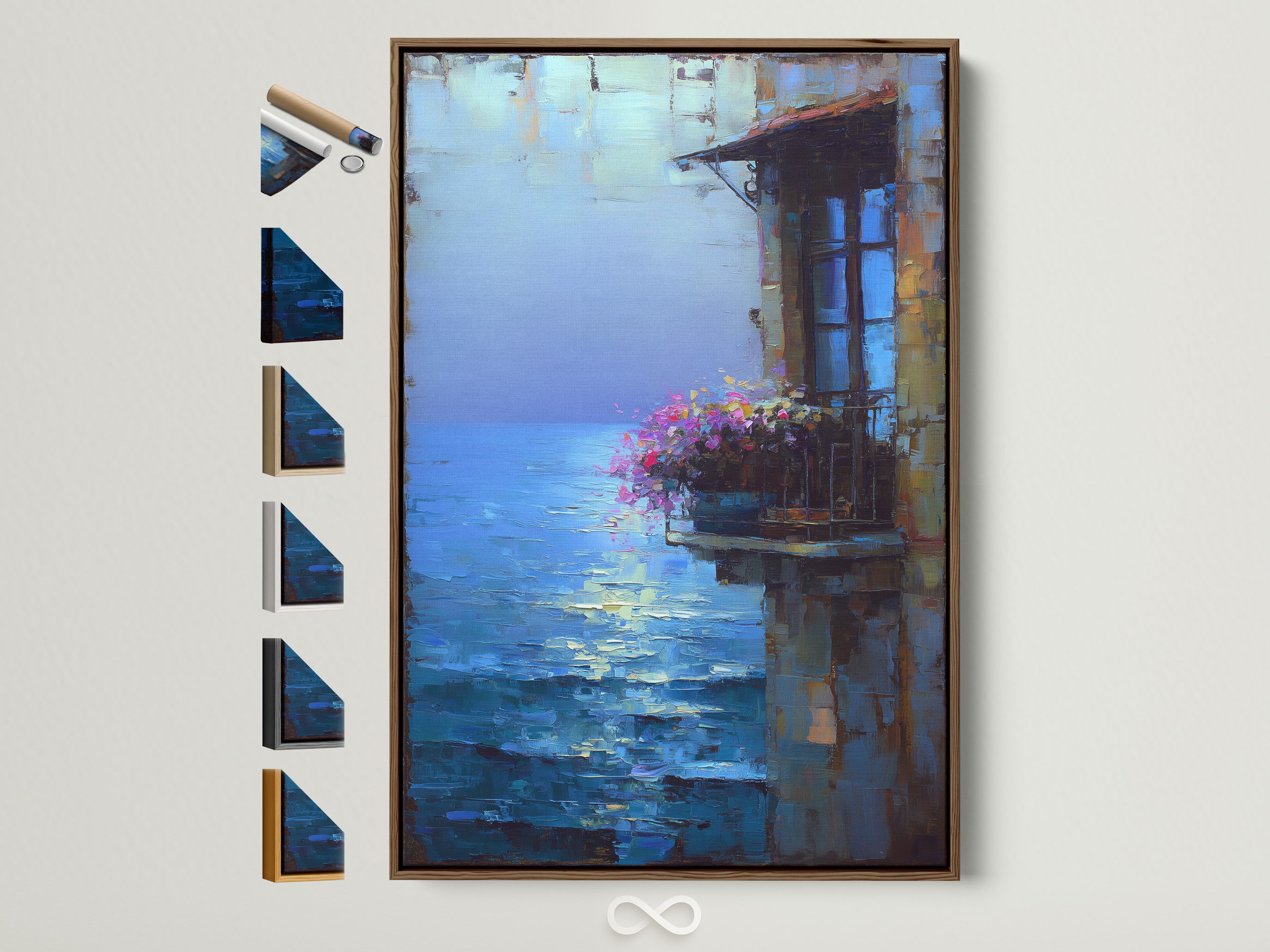
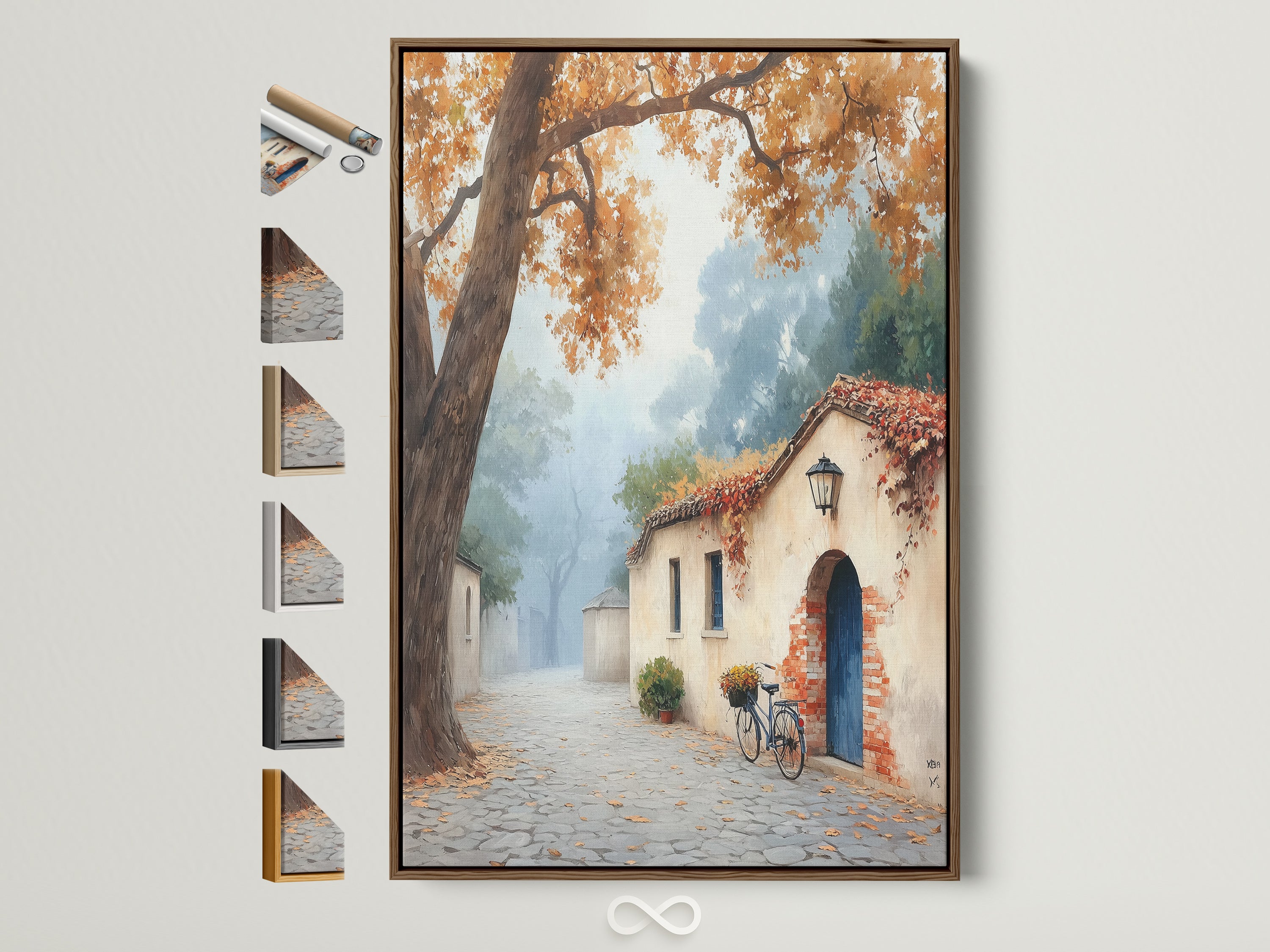
0 Kommentare